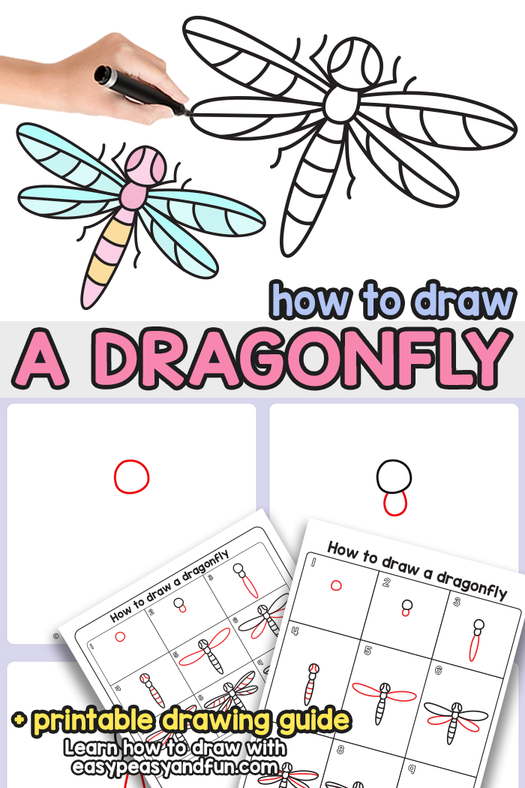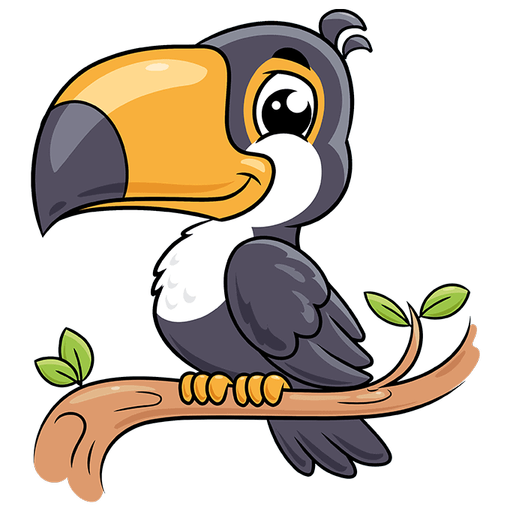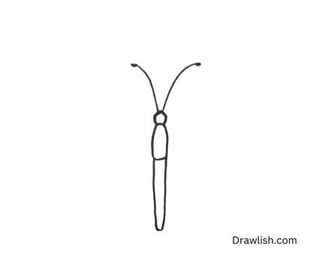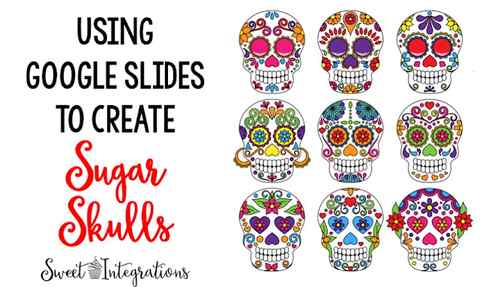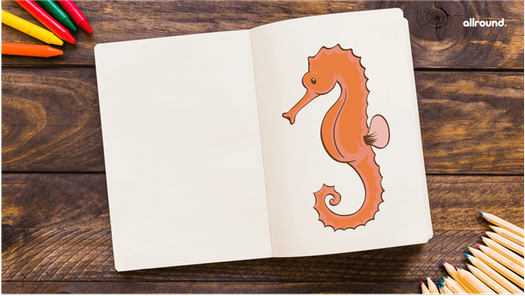Only two major exhibitions from the fabled Chinese Palace Museum collections have been seen in the West – the first in London in 1935-36 and the second in the United States in 1961-62. These two exhibitions provided an extraordinary stimulus to the study of Chinese culture, revolutionized Asian art studies in the West, and opened the eyes of the public to the artistic traditions of Chinese civilization. Possessing the Past: Treasures from the National Palace Museum, Taipei is the publication that accompanies the third great exhibition of Chinese masterworks to travel to the West. Written by scholars of both Chinese and Western cultural backgrounds and conceived as a cultural history, the book tells the story of Chinese art from its foundations in the Bronze Age and the first empires through the rich diversity of art produced during the Sung, Yuan, Ming, and Ch’ing dynasties, contrasting China’s absolutist political structure with the humanism of its artistic and moral philosophy. Synthesizing scholarship of the past three decades, the authors present not only the historical and cultural significance of individual works of art and analyses of their aesthetic content, but a reevaluation of the cultural dynamics of Chinese history, reflecting a fundamental shift in the study of Chinese art from a focus on documentation and connoisseurship to an emphasis on the cultural significance of the visual arts. National treasures passed down from dynasty to dynasty, the works of art that now form the collection of the National Palace Museum, Taipei, originally constituted the personal collection of the Ch’ien-lung emperor, who ruled China from 1736 to 1795. Two centuries after Ch’ien-lung ascended the dragon throne, when the Japanese invaded China in 1937, the nearly 10,000 masterworks of painting and calligraphy and more than 600,000 objects and rare books and documents – which had earlier been moved from Peking to Nanking following the Japanese occupation of Manchuria in 1931 – were packed in crates and evacuated to caves near the wartime capital, Chungking. It was not until after World War II that the crated treasures were moved to their present home in Taiwan, where today they represent a major portion of China’s artistic and cultural legacy.
Quick and easy drawing of a winter landscape
Most of the projects that come out of the Art Room are fast and furious – over and done with in one to two 90- minute classes. After a full semester of quick projects, I wanted my students to slow down a bit and engage in a complex and detailed project requiring the careful development of an action-packed winter composition. Additionally, I wanted them to work with gouache paint, a medium which they have little to no experience with, but which is a great extension of watercolor and a good lead-in to acrylic. Also, kids of all ages love to draw, and this project is full of opportunities for both close observational and free drawing.
To help them along, I provided students with a list of objectives which they had to include in their composition.
1. Middleground, Foreground, Background.
2. One to two different animals in motion on each ‘ground’ (jumping, running, eating, climbing, flying etc.)
3. At least two trees, shrubs and bushes of different varieties on each ‘ground’.
4. A cabin or hut
5. Scale: attention to the comparative size of objects. Ex. A bunny is smaller than a deer, but if the bunny is in the foreground, it may appear larger than the deer that is in the background).
6. Atmospheric perspective: objects closer to us are more intense in color and have more detail. Faraway objects have no detail and are softer in color.
7. Colors must be mixed with white to create soft tints for that wintery feel.
8. Attention to shadows and highlights throughout.
Day 1.
Students used a practice sheet to practice drawing different animals in motion, trees and cabins. We referenced many photos and pictures from books, encyclopedias and web printouts. This process took nearly a full class period. Early finishers practiced more animal varieties or shaded their animals with colored pencil.
| Researching for animal pictures |
| Practice sheet |
| Working on our practice sheet |
Day 2.
Students drew out their composition in pencil on blue-grey multi-purpose paper. We roughly broke our paper down into thirds (foreground, middle-ground and background. Then animals, cabin and trees and other elements were placed throughout, with attention to scale and perspective.
Students began painting their composition in gouache. We started at the top of our composition and worked our way down, doing the snowy background areas first, then the animals and elements.
| Drawing our composition |
 |
| Painting the snow with gouache |
Day 3.
Students continued painting, with attention to shadows and highlights. Colored pencils were used to add finishing touches, small details, definition and shading.
 |
| Teacher sample: painting and colored pencil techniques |
 |
| Painting details with a detail brush |
This project was pretty intense, and the many required objectives kept students focussed throughout. It was a nice change to work on something in such detail over three class periods. Students went home feeling proud and accomplished.
Our results. Students aged 8-14:










 |
| Early finishers painted more animals. Student age 11 |
 |
| Deer, student age 13 |
